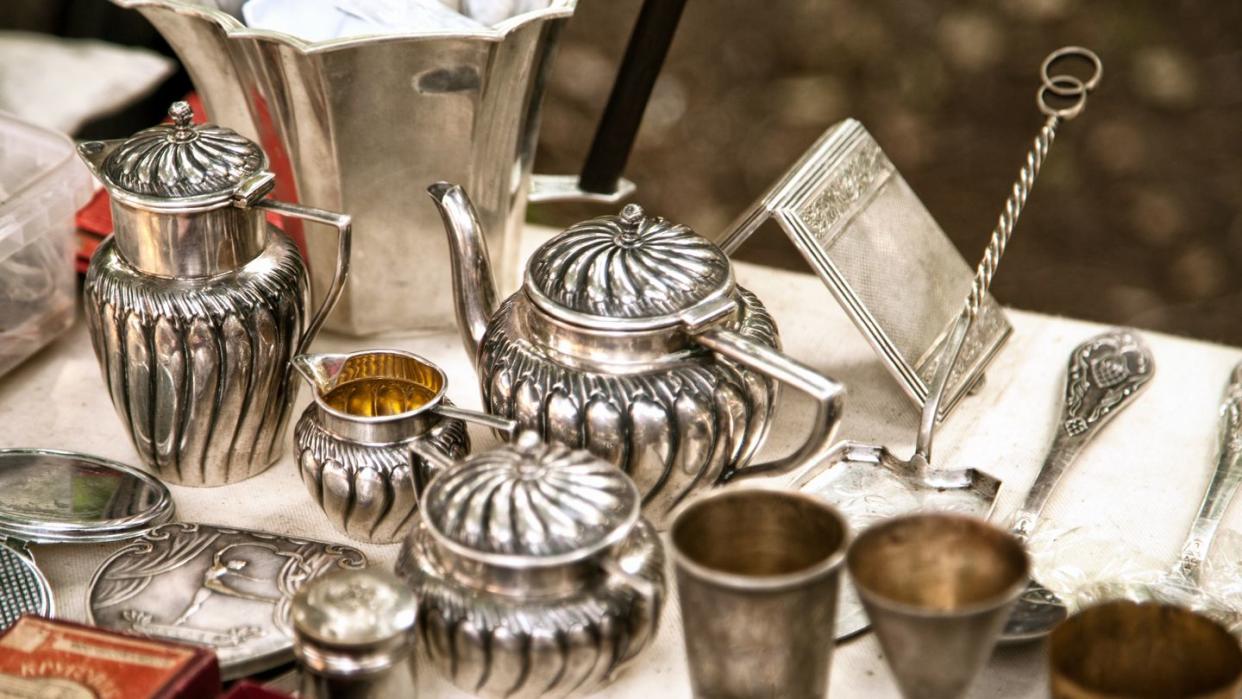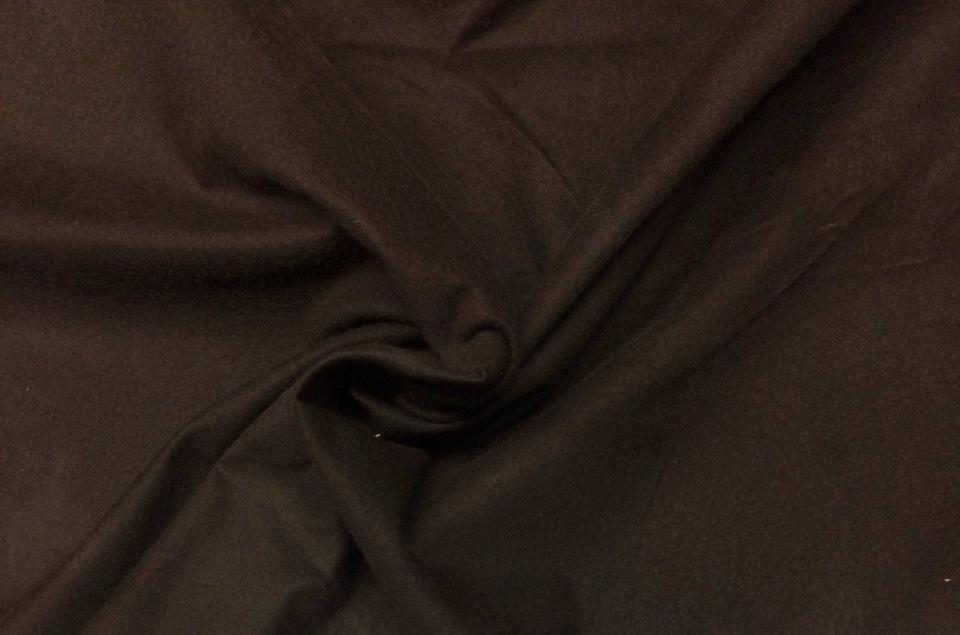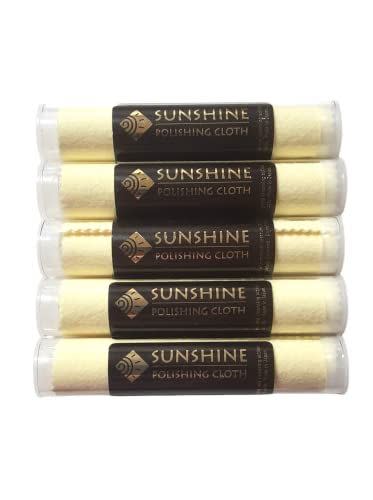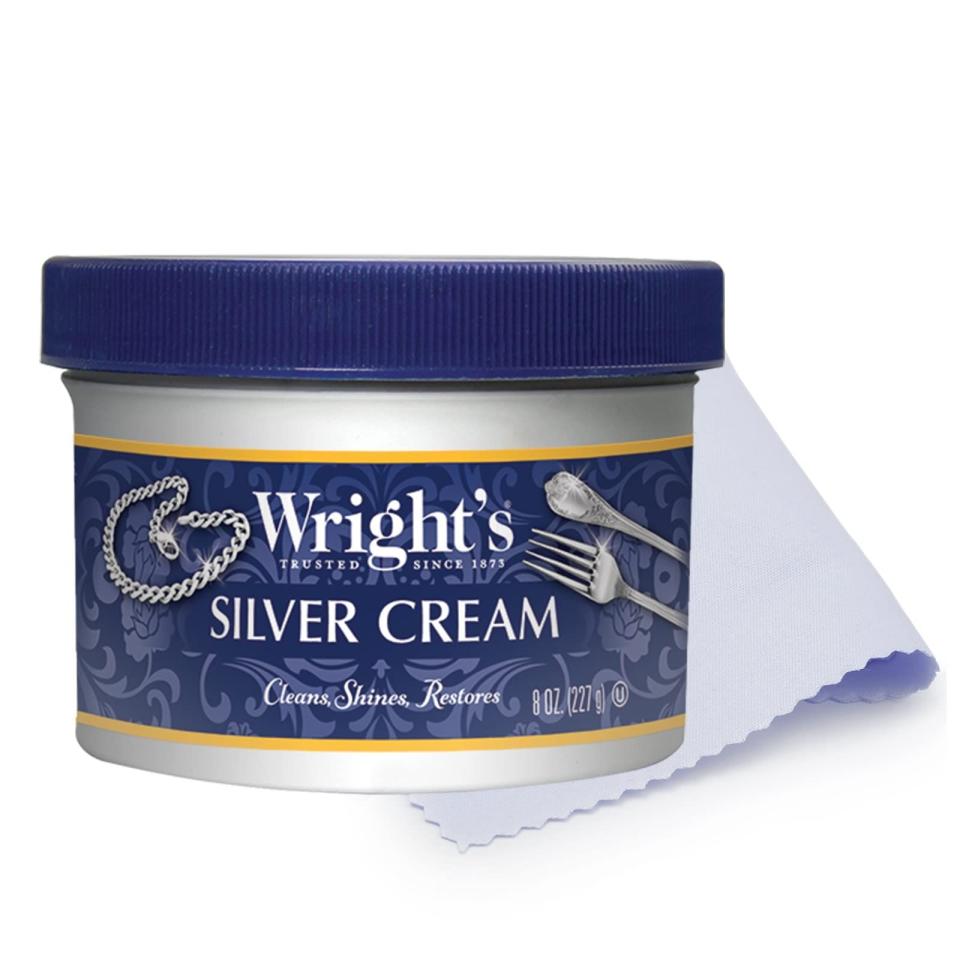How to Clean Your Silver the Right Way, According to an Expert

"Hearst Magazines and Yahoo may earn commission or revenue on some items through these links."
While stainless steel has become the leading material used to make flatware, a set of old-fashioned silver is as good as gold (err…silver). But thanks to sulfur exposure in the air, the relatively soft transition metal tarnishes over time, meaning your coveted collection of forks, knives, spoons, and platters can go from shiny and polished to dull and corroded.
To preserve the quality of your lustrous treasures, we tapped Liza Nechamkin, traditional silversmith and owner of Nechamkin Silver Studios, to share her silver-cleaning expertise so that you can slow down this natural process or stop it altogether. Check out her top tips below, which can be applied to silverware as well as silver objects such as jewelry, medals, picture frames, ornaments and objets d’ art.
Identify the Type of Silver You Have
Before we can delve into the details of cleaning silver, it’s important to identify its two most common types. More likely than not, your silver belongings are of the sterling variety.
“The alloy containing.925/1000 parts silver and.075/1000 parts copper is the purity ratio referred to as ‘sterling silver’ and was developed in England,” explains Nechamkin. “Circa 1868, U.S. makers adopted the English ‘Sterling Standard,’ when silver became more readily available. Most world makers followed suit. The majority of all silver objects are made of 92.5% silver today.”
Pure or “fine” silver, on the other hand, boasts a.999/1000 purity ratio, however it is far too soft and weak to produce functional objects (hence the development of sterling silver) and is limited to more fragile, decorative items with limited use.
Familiarize Yourself with Silver's Archenemy
Looking to speed up the tarnishing process of your silver, regardless of its purity? Expose it to the aforementioned sulfur.
While volcanoes are a natural source of sulfur oxides in our environment, a majority of this gas is produced by man-made activities like burning coal and oil to make electricity and heat. Sulfur can also be found in common materials like wood, fabric, rubber, adhesives, drywall, and paint.
“Tarnish is accelerated by higher concentrations of sulfur in proximity to the silver, as well as its warmth and humidity,” reveals Nechamkin. “The more sulfur contained near the item, the warmer and more humid the area is and the faster items will tarnish.”
The result: a thin, dark layer of substance known as silver sulfide.
Store Your Silver Correctly
Rather than having to clean tarnished silver, it is easier to take simple preventative measures by storing silver in a way that reduces potential cloudiness and significant changes in color.
“Storing silver items in a dry, relatively cool environment and protecting it from dust and dirt are the best way to keep tarnish at bay,” advises Nechamkin. “There are [also] tarnish-inhibiting fabrics, as well as other products which can be placed with silver. “
One example is the Pacific Silvercloth, which is infused with pure silver particles to absorb the sulfur before it reaches the items inside. Use it to line jewelry boxes, drawers, cupboards, cabinets, and chests to maintain your silver pieces’ luster.
“Keep silver items dust-free, dry and clean at all times,” she adds. “If you display silver in your home [uncovered], remove dust frequently with a dry cotton cloth.”

Pacific Silver Cloth
etsy.com
$12.99
How to Clean Silver
If you inherited tarnished silver or neglected what you already own, all hope is not lost. That said, you’ll certainly want to intervene as soon as possible — as articles of silver continue to blacken, the removal becomes more difficult.
How to Clean Silver with Minor Tarnishing
The first step is to wash smaller valuables like earrings and cufflinks with an old toothbrush, warm water, and mild dish soap. “There are jewelry soaps sold in small containers, as well,” says Nechamkin.
Once clean, dry the pieces well and gently rub them with a polishing cloth. “I like Sunshine Cloths. These will remove light to moderate tarnish and restore the shine. A jeweler’s rouge cloth also works well.”
The same approach can be taken for larger items. “ If there is light tarnish and the piece is clean, dust it with a soft cotton cloth and gently rub with a rouge cloth or a Sunshine Cloth,” says Nechamkin. “If it has any film on it, wash it in warm water with Dawn dish soap and dry it well before polishing lightly with a polishing cloth.”

Sunshine Polishing Cloths Jewelry Cleaner
amazon.com
$18.77
How to Clean Silver with Extreme Tarnishing
“If your silver is heavily tarnished, use a silver cleaning cream like Wright’s Silver Cream polish,” recommends Nechamkin. “ A cotton ball or clean cotton cloth is used to gently rub off the tarnish using circular motions. Rinse all of the polish off and dry the piece well. A last pass with a rouge cloth on larger items is a good finishing step.”

Wright's Silver Cleaner and Polish Cream
amazon.com
$9.99
What to Avoid When Cleaning Silver
“Do not use anything abrasive whatsoever, especially on silver-plated wares,” she advises. “Never put silver into the dishwasher. And do not submerge items having hollow, closed elements like handles on a vase.”
When to Hire a Professional to Clean Your Silver
While maintaining and cleaning your silver should not be a difficult task, there are instances when you should defer to a professional.
“If your item has very dark tarnish that can not be easily removed or if there are any signs of corrosion, like a black or greenish crust, they are best removed by a silversmith,” says Nechamkin.
Other reasons to rely on an expert include silver-plated pieces that require restoration and more specialized cleaning methods, as well as deeper scratches.
“Scratches hold onto tarnish. They also dull the metal and have to be buffed with compound to bring the surface back up to a shine.”
When in doubt, drop the cash and don’t second guess the investment in your precious silver. You don’t want to run the risk of ruining your one-of-a-kind pieces or treasured family heirlooms.
You Might Also Like

